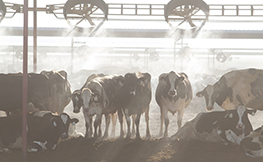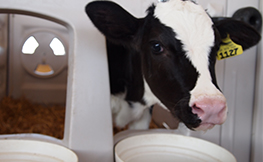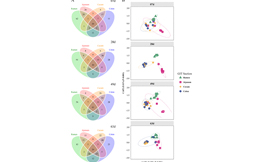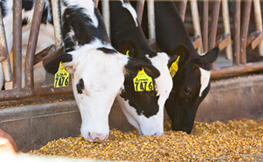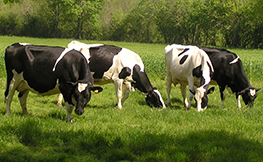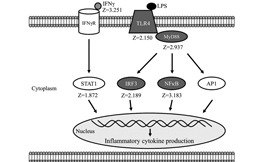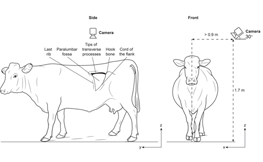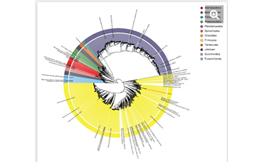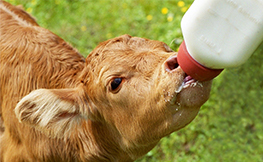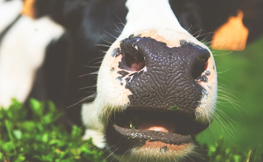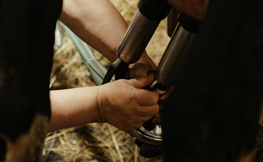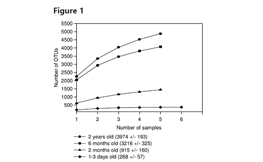
Host-rumen microbe interactions may be leveraged to improve the productivity of dairy cows
Published on 25/10/2017
The rumen enables dairy cattle to derive nutrition from otherwise indigestible plant polymers and compounds. Yet, there is little known about metabolic processes within the rumen and microbial species that colonize it. In the future, we may be able to estimate dairy production using a “genotype × environment × microbial” interaction model that accurately combines all factors affecting milk production.
